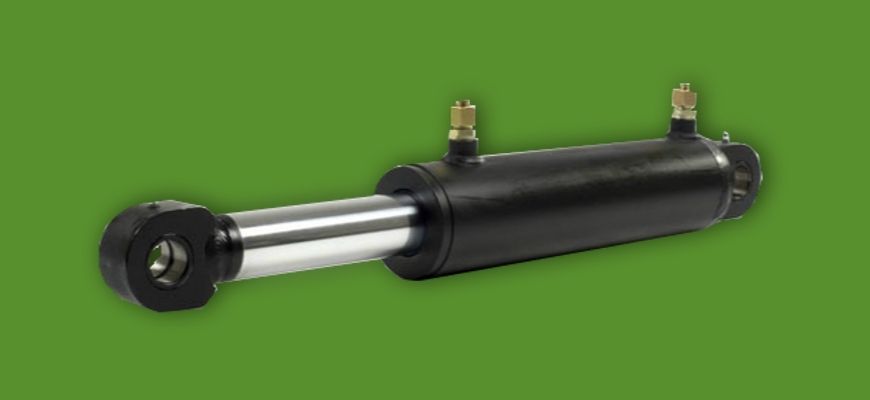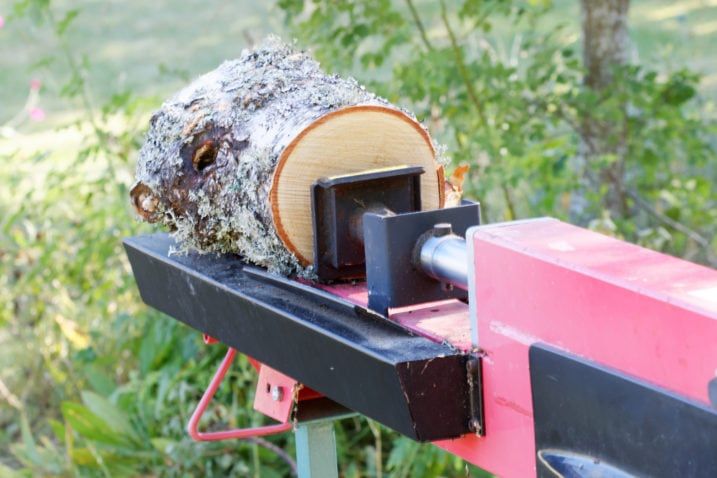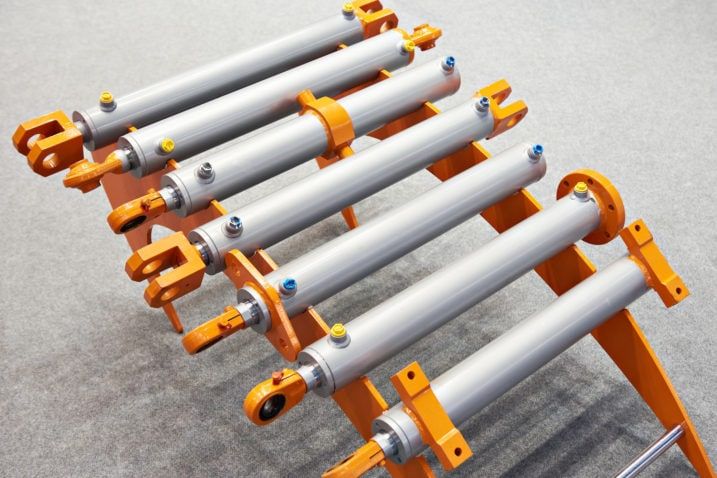Log splitters are popular machines for wood splitting in both residential and commercial settings. The best designs are hydraulic in nature and can be electric, gas, or manual. They all have a few things in common, however, and require a cylinder that works in tandem with the pump to apply the pressure needed to split logs.
The simple design of a log splitter allows you to easily create your own as long as you know what parts to get. This article explores what size cylinder for a log splitter is needed for efficiency and various log sizes.
How a Log Splitter Works
These powerful machines use a hydraulic system to create powerful pressurized forces to cut logs of various sizes. This is considered one of the simplest of all hydraulic systems and use a power source, whether manual, gas, or electric, to make it all work. An oil pump creates oil pressure that moves the piston located in the cylinder to apply a force.
Making your own splitter is a fairly easy process if you understand how to piece together the parts. All you really need to create your own splitter that can handle the average-sized logs you will generally see in a backyard operation is the following:
- A gas engine
- A two-stage hydraulic pump
- A hydraulic cylinder
- Minimum 3.5-gallon hydraulic oil tank
Your cylinder size will be directly related to the size of the log you can split, and also how quickly your splitter will cycle. Understanding how your splitter parts work together is important for getting the amount of power you require. For any troubleshooting you may have, you can check our troubleshooting guide out here.
What is a Hydraulic Cylinder?
A hydraulic cylinder is a mechanical part that provides a unidirectional force through a powerful stroke. The force is supplied by pressurized hydraulic fluid. Within the cylinder lies a piston which is connected to a piston rod that extends out of the cylinder itself. These parts are all well sealed to avoid fluid leaks, keep pressure intact, and to avoid contaminating the inner working parts with outside dust or dirt.
This piston divides the cylinder into 2 chambers: a bottom and a top. The pressurized difference between these two chambers is what causes the cylinder to extend, to apply cutting force, and retract to reset. To see a simple hydraulic cylinder at work, take a look at this video:
Cylinder Size for a Log Splitter
The extending piston arm of the cylinder runs the length of the cylinder itself. This length is related to the length of your longest logs to provide enough pressurized force to split the entire log. Although cylinders come in an assortment of lengths, the most common is a 24 inch option to accommodate both smaller and larger cuts of wood.
The diameter of your cylinder can also be varied, but it is important to remember that the larger the diameter, the more fluid will be needed to pressurize the chambers. Larger pumps and more powerful engines are required for a larger cylinder IF you want a reasonable reset time as it will take more power to move greater amounts of fluid through the system in a timely manner. You can use a larger cylinder with smaller pumps and engines, but you will have a slower reset time.
Because of this, most people choose a 4 to 4.5-inch cylinder diameter to apply a healthy force and decent reset time. This works well with a standard 2 stage hydraulic pump and 5 horsepower engine to provide all you need for backyard cutting.
Conclusion
If you are serious about making your own splitter, or even if you simply want to begin replacing parts to make your existing splitter stronger, you need to have a good grasp of your engine, pump, and cylinder sizes. Although your cylinder can be of just about any size, it will work best with the power behind it that provides the means to use it in a timely manner.
Choose a cylinder size that will work best with your pump and engine strength. Most people choose a size that allows for a 20 to 30 second overall cycle that allows for enough time to load a log and remove split wood without having to wait. A 24 inch, 4 inch diameter cylinder is a popular choice.
If you have any questions or comments, let us know below. And, as always, please share!



